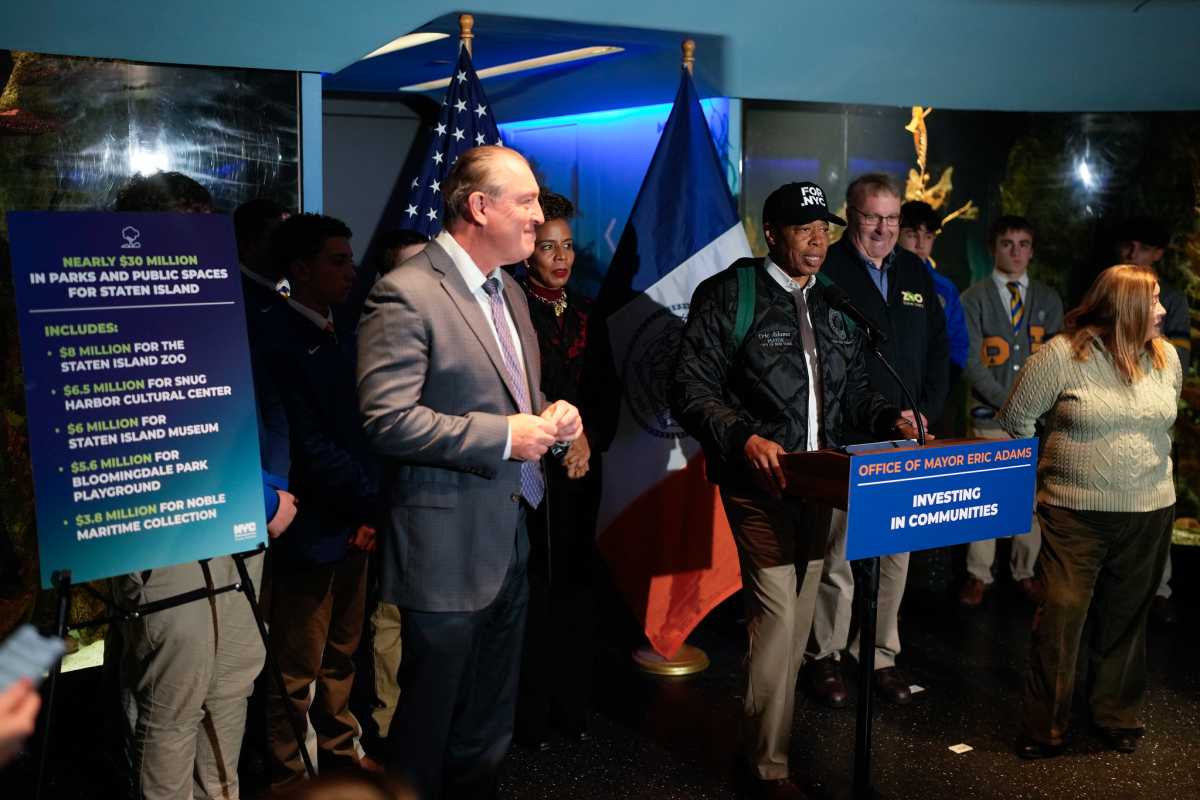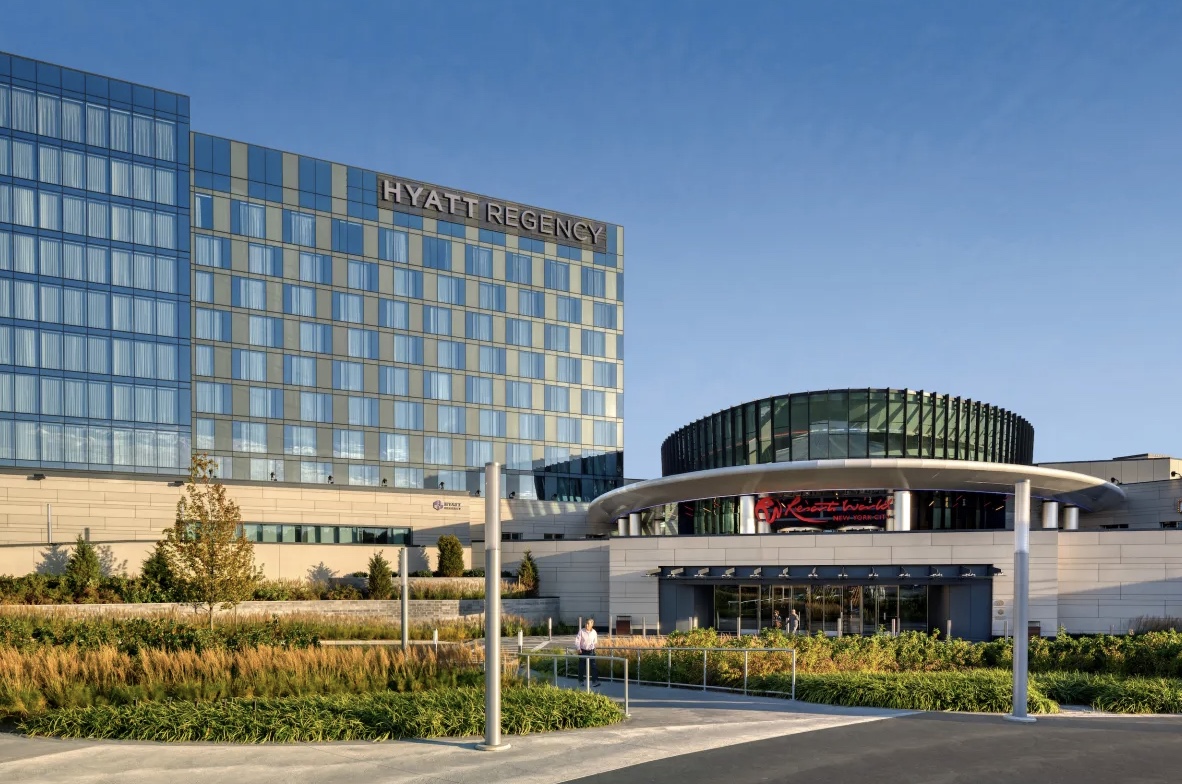Larry Penner
Over the past 12 months, there appears to have been an increase in service disruptions on the Long Island Rail Road. This was noted in the April 21 editorial “Rail Quite A Gamble.” A majority of these disruptions have been directly related to more frequent signal, switch, power and track problems at both the East River Tunnels and Penn Station.
Amtrak controls Penn Station, with both the LIRR and New Jersey Transit as tenants. Some believe the solution to many of these problems is for the Metropolitan Transportation Authority to take over control of Penn Station from Amtrak.
In the early 1990’s, the MTA and LIRR conducted the East River Tunnels Life Safety Study. This report documented the need for investing a minimum of $600 million dollars (over $1 billion in 2017 dollars) to bring the East River Tunnels back up to a state of good repair.
All four tunnels, built between 1904 and 1909, outlived their useful life long ago. They have been in desperate need for major upgrades for decades.
Since that study, through 5-Year Capital Plans, the MTA and LIRR, along with Amtrak, programmed insufficient funding to perform these tasks. As a result, over time there has been an increase in the frequency of major service disruptions due to storm and signal problems in the East River Tunnels. These problems periodically also occur between the Tunnel Portals and Harold Interlockings west of the Woodside Station.
The MTA and LIRR also failed to develop a specific implementation plan with Amtrak, which actually owns the tunnels, to complete this badly needed work. Continued delays in all of this work also impacts future LIRR Eastside Access into Grand Central Terminal.
Amtrak force account employees are heavily committed to a number of other high-priority projects on the Northeast Corridor between Washington and Boston. In future years, the new Gateway Tunnel project between New Jersey and Penn Station may become one of, if not the highest priority. As a result, Amtrak may not always have sufficient employees to work on key State of Good Repair projects for Penn Station, East River and Hudson River Tunnels.
MTA and LIRR force account employees are also heavily committed to a number of high-priority projects, including East Side Access to Grand Central Terminal. Don’t forget installation of Positive Train Control (which is already several years behind schedule and increasing in cost), along with system-wide annual State of Good Repair projects and programs.
If Governor Cuomo has his way, the Main Line Third Track between Floral Park and Hicksville will also become an equal priority to East Side Access. As a result, the LIRR would probably not be able to assume a significant amount of new work in both Penn Station and East River Tunnels.
There is no room to run additional trains into or out of Penn Station during either a.m. or p.m. rush hours via the East River tunnels with connections to Long Island. Three of four tunnels running inbound during a.m. and outbound during p.m. rush hours have very tight spacing between trains. One tunnel is shared by the LIRR, NJ Transit and Amtrak for reverse train movements with equally tight spacing during rush hours. There is no platform capacity at Penn Station to accommodate any additional trains during rush hour. Penn Station is currently operating at 100 percent capacity during both a.m. and p.m. rush hours. If one of the four tunnels is temporarily out of service, the result is numerous delays and cancellation of trains.
There are a number of other competing new services looking for non-existent rush hour Penn Station platform, track and East River tunnel capacity in coming years. Metro North wants to begin service, at a cost of $700 million, from the East Bronx via The Hell Gate Bridge and Harold Interlocking in Sunnyside Queens on to Penn Station some time between 2021 and 2023. The LIRR has invested $450 million to complete double tracking on the Ronkonkoma branch. Once Main Line Third Track is completed, at a cost of at least $2 billion, the LIRR has plans to expand Ronkonkoma branch rush hour service to Penn Station.
Governor Cuomo also has plans to provide new, frequent, direct LIRR service on the Port Washington branch between Penn Station and Mets Willets Point station. This is to support his $450 million LaGuardia Air Train.
Many Rockaway Queens residents want restoration of LIRR service on the old Rockaway Beach branch, which suspended service in 1962. (Today NYC Transit runs the A subway along a significant portion of the old LIRR right of way.)
Both Amtrak and New Jersey Transit have future plans to expand service in and out of Penn Station.
At the end of the day, it may not make a difference if the MTA/LIRR — rather than Amtrak — controlled both Penn Station and East River Tunnels. Neither Amtrak or LIRR has sufficient force account employees to maintain both Penn Station and the East River Tunnels. Both may have insufficient certified signal and other specialized craft employees to manage their respective complex State of Good Repair and new capital system expansion projects.
Larry Penner, of Great Neck, is a transportation historian and advocate who previously worked in 31 years for the US Department of Transportation Federal Transit Administration Region 2 NY Office.



































